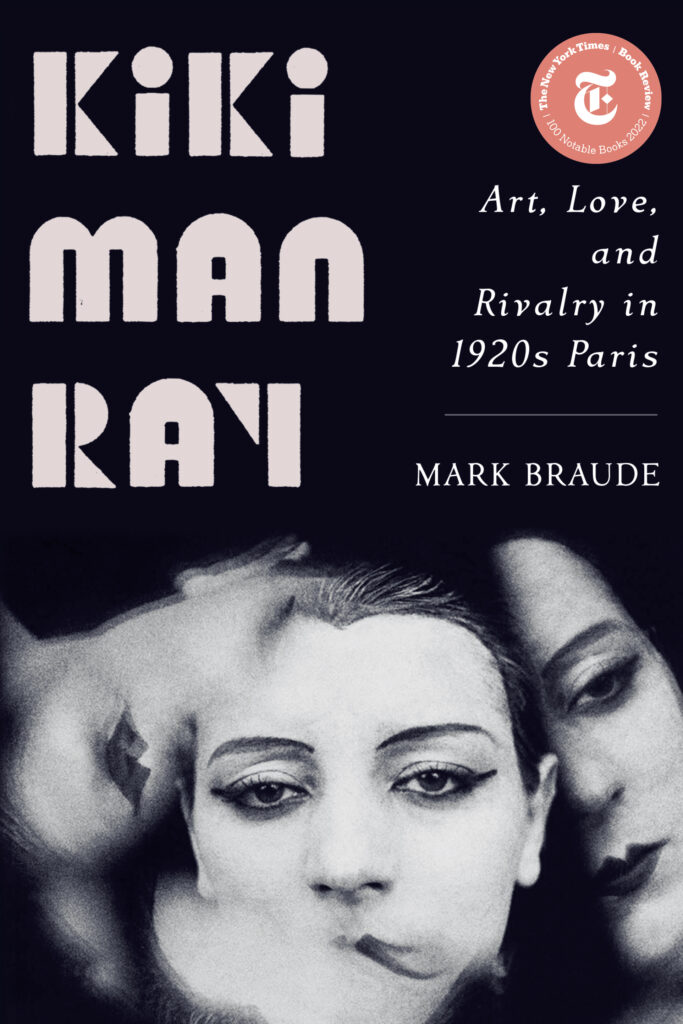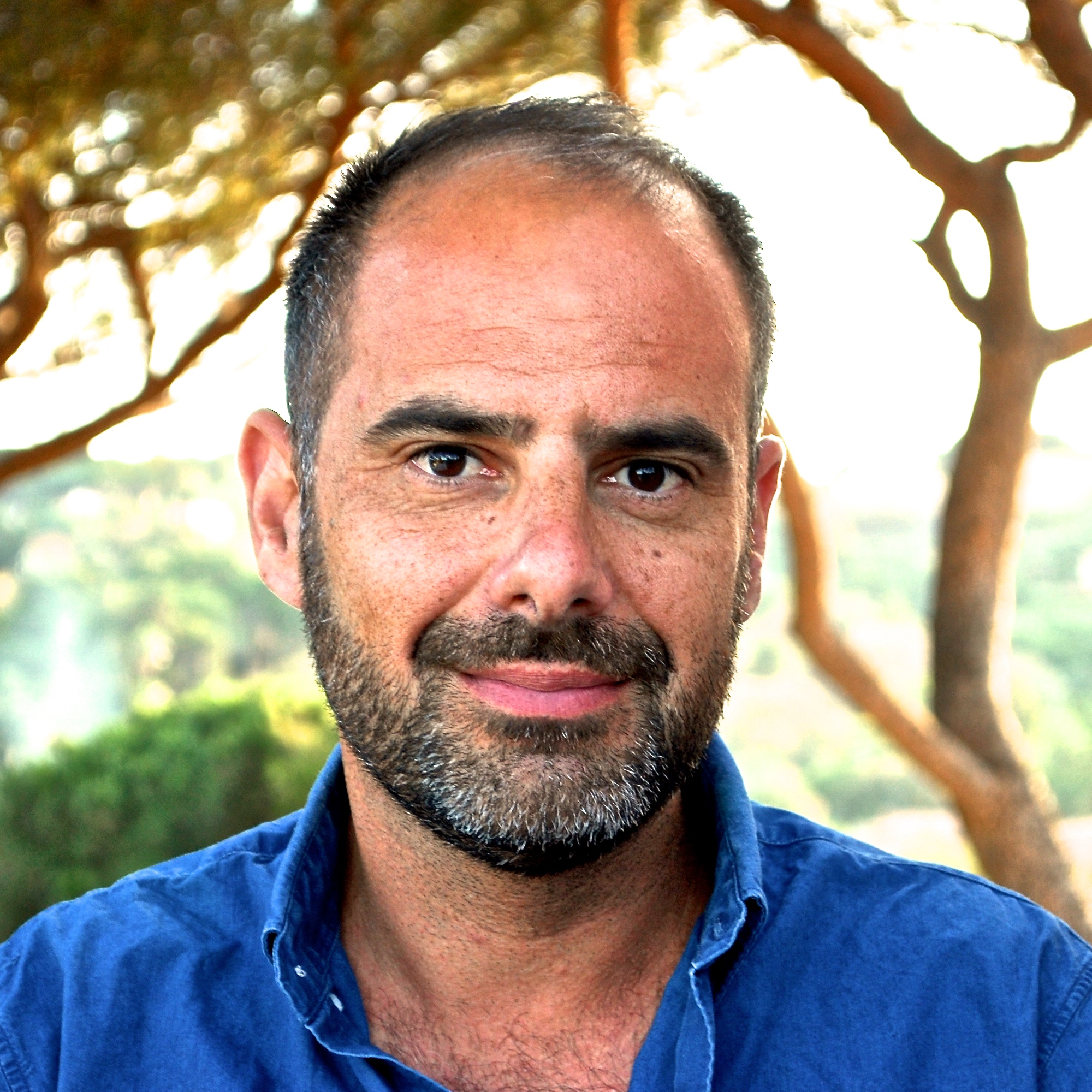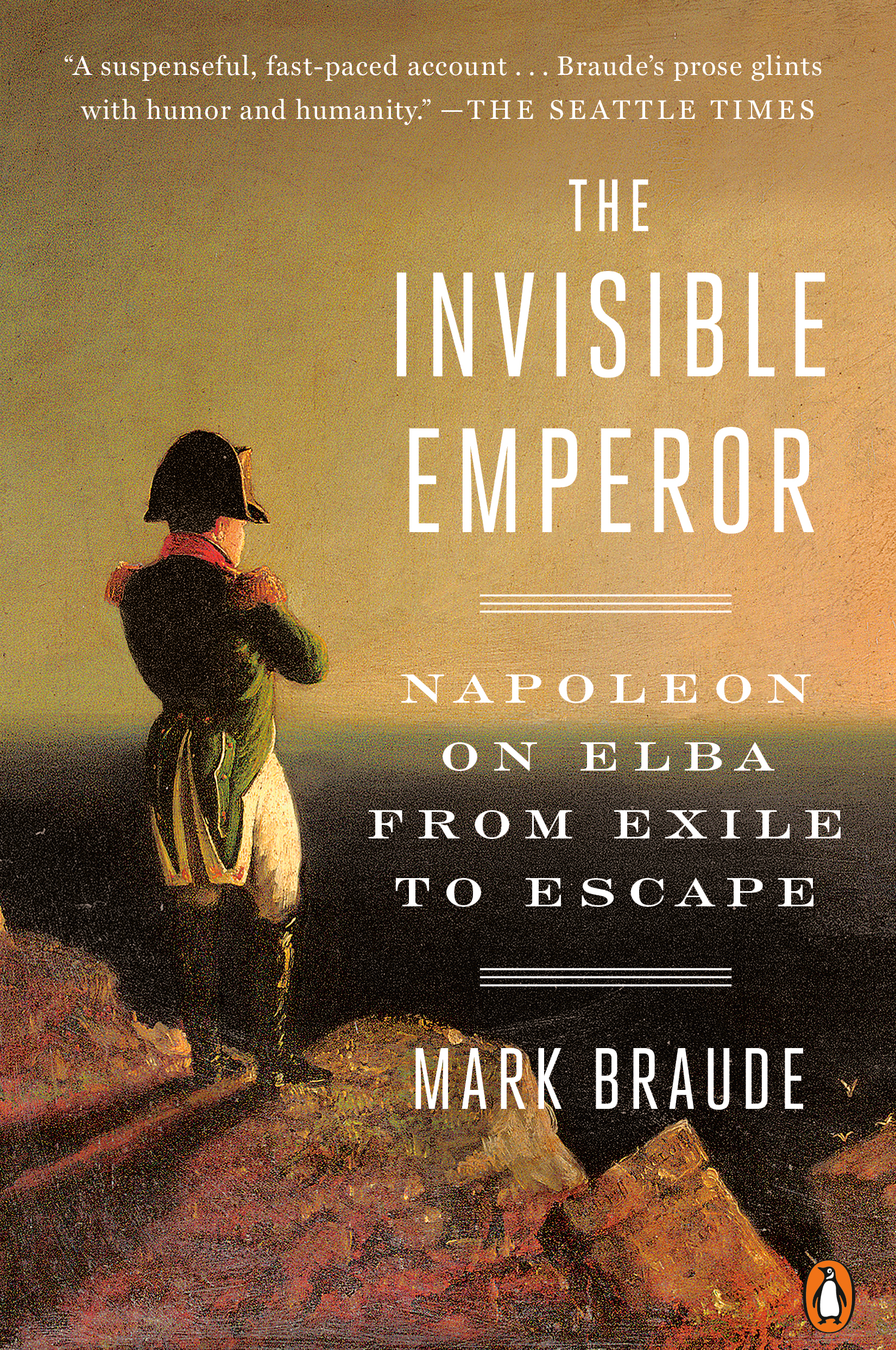*** NEW YORK TIMES BOOK REVIEW, 100 NOTABLE BOOKS OF 2022 *** NEW YORKER, ONE OF THE BEST BOOKS OF 2022 *** HARPER’S BAZAAR 100, 2022 *** AMERICAN LIBRARY IN PARIS BOOK AWARD, LONG LIST *** VINE AWARD, SHORT LIST ***
Exuberantly entertaining. –New York Times
[A] heady romp through the galleries and nightclubs of interwar France. –Vogue
Exquisitely crafted. -Wall Street Journal
Mark Braude’s writing and subject make this book irresistible, as was Kiki herself. —Jim Jarmusch
[A] splendid new biography. -Associated Press
Absorbing and insightful. -Boston Globe
Informed and atmospheric. -Sydney Morning Herald
Spirited and thoroughly researched. –Times Literary Supplement
Vibrant prose as beguiling as Kiki herself. –Toronto Star
Gripping, entertaining and very readable. –Die Tageszeitung





